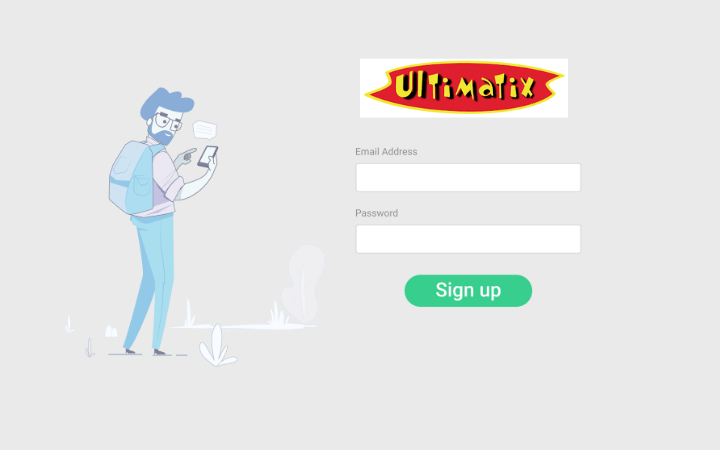Inbound And Outbound: What Is The Best Strategy For Business?

Inbound and Outbound: Marketing is already a set of essential management activities for those who want to remain competitive and in total growth.
It is often poorly understood, especially by some segments that do not know how marketing can be used to increase sales and market share for their businesses.
Firstly, it is worth mentioning in a very objective way that marketing is the area that studies the market and determines, according to the concepts of traditional marketing, the 4Ps: product, price, place, and promotion. That is, it operates from the conception of the product, through determining the price, through the distribution strategy until, finally, in the advertising/sale of the product to the market for which it was designed.
Here, we will talk about a small portion of marketing, which are the strategies for promoting and selling the product or service. We’ll cover two modern techniques you can use to sell your product.
What Are Inbound Marketing And Outbound Marketing?
First, it is essential to remember that marketing will always consider the AIDA methodology when carrying out any market penetration strategy.
We can say that Inbound and Outbound are market prospecting strategies. Through these strategies, you can win more customers and sell to your audience. Below is a summary of each of these strategies:
Inbound Marketing: Pull Strategy
In this strategy, you produce reference content for those you sell and create authority on topics that are important to your audience, so naturally, they find you, either through Google searches or social networks, for example:
To attract your potential customer, you first need to understand the journey he takes to your product; in fact, you need to be known by your audience before he even thinks about a product.
Understanding the whole scenario around the purchase journey will enable you to produce content that will make the customer with the ideal profile come to you. Then it will be possible to start a relationship until he buys.
But how? Through content published on your blog, ads on your social networks, and qualified traffic to your website (either through organic or paid searches). These are some examples.
You can also work on this relationship with your audience in an automated and scalable way, offering content in exchange for information if you have the right tools to automate your sales process.
Outbound: Push Strategy
This strategy is a little different. You still need to understand the entire sales process of your ideal customer profile. However, it is necessary that, instead of blog and social media content, you set up approach scripts and prospecting lists.
In this strategy, you must have a tool that allows you to search for your potential customers with an ideal profile reliably.
In outbound, you usually use more conventional means like email or phone. The factor that will determine the success of your strategy is proportional to the effort to mine the ideal customer profile, the ability to understand and create scripts of approaches that are always sharp, and the execution of each task being done by people with the appropriate shapes for each phase.
Okay, but what is the best strategy for my business? Move on to the next topic, and you will understand why the answer is: it depends.
Check Out Five Steps To Extract The Best From Modern Marketing
It is impossible to determine which of the channels is best suited for your business without an analysis of your company. If you want to act accurately, it is necessary to understand the whole scenario where you are inserted to determine which strategies make the most sense for you!
But a spoiler: investing in hybrid channels will always be an excellent option if you can afford it. Do you know that basic investment rule? Diversification? It works for marketing too!
Now, here are five basic steps for you to discover the best approach for your business!
- Make a situational diagnosis of your company and understand where you are inserted, and do a SWOT analysis of your company (strengths, weaknesses, opportunities, and threats)
- Analyze your market potential (market share) and map your competitors
- Understand your audience and your personas by defining whether you will act B2B or B2C and design the personas you need to relate to
- Understand how the process of buying your product happens from attention, interest, desire for action
- Determine which channels are most interesting to you and which ones you can focus on and be consistent with: whenever possible, always seek to diversify your acquisition channels.
By following these steps, you will understand your situation and where to find which channel makes the most sense for your business.
Also Read: How To Ensure Data Security In Your Company?






